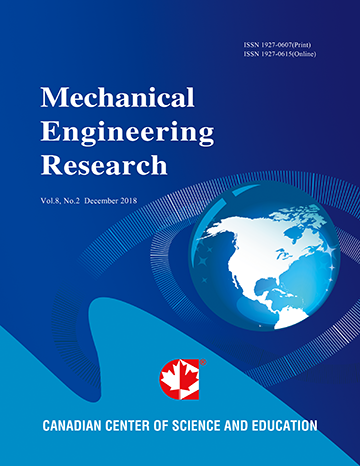Coupling ALE Technique and Harmonic Parametrization to Describe Concurrent and Successive Elementary Cell Deformations
- Rachele Allena
- Denis Aubry
Abstract
We present here an extension of our finite element model of the Drosophila embryo to consider the interdependence of successive morphogenetic movements. A novel approach is used, which couples the Arbitrary Lagrangian Eulerian formulation with the harmonicparametrization. The combination of the two techniques allows to constantly update the deforming embryo geometry and simultaneously build an associated system of curvilinear coordinates. Thus, we are able to exactly describe the elementary cell deformations responsible for each biological event that are then defined with respect to the dynamic middle surface of the embryonic tissue and to their relative reference configuration. Both the active and the passive deformations occurring to the cells are considered through the deformation gradient decomposition. We develop a concurrent simulation of three morphogenetic movements: the ventral furrow invagination, the cephalic furrow formation and the germ band extension. The results show a consistent similarity with respect to the physical phenomena. More generally, the numerical approach that we propose could constitute a powerful tool to rigorously describe and simulate complex shape changes in biological systems.
- Full Text:
 PDF
PDF
- DOI:10.5539/mer.v1n1p47
Contact
- Lenna BaiEditorial Assistant
- mer@ccsenet.org
